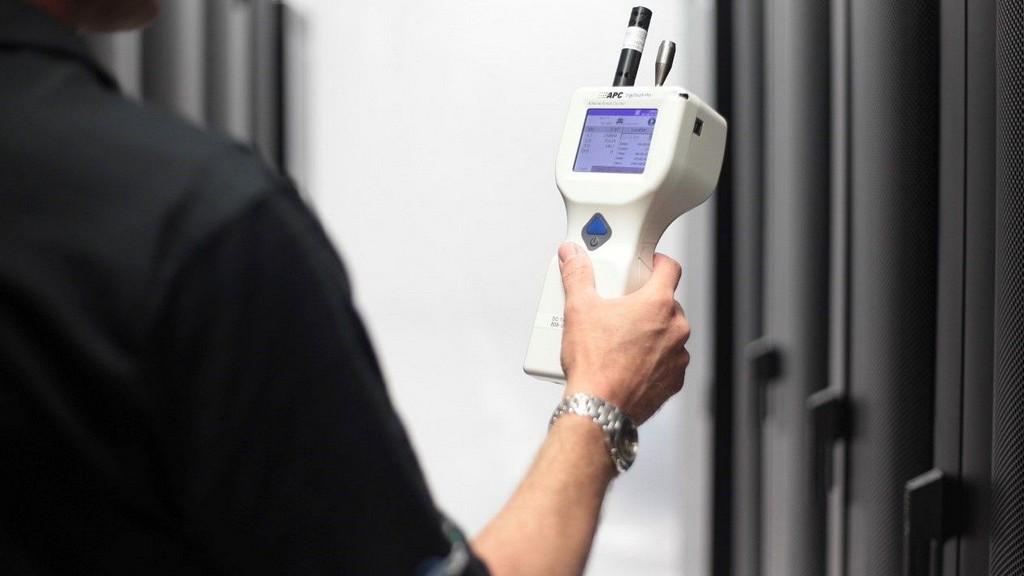INDOOR AIR QUALITY TESTING
Indoor Air Quality Experts
Data indicates that the typical American dedicates 90% of their daily activities indoors. This is where we engage in recreation, rest, and essentially lead our lives. Present-day residences boast superior insulation and sealing, but this can result in indoor air quality that might be less healthy than the outdoor environment. Surprisingly, indoor pollutants can be up to five times more concentrated than outdoor pollutants.

AIRBORNE PARTICLES
Airborne particles are generated from various sources, including dust, pets, pollen, smoke, diesel exhaust, and more. These particles frequently result in irritation of the eyes, nose, and throat.
CARBON DIOXIDE
Carbon Dioxide (CO2) levels in indoor environments are primarily influenced by human and pet respiration, as well as combustion activities like using candles and gas stoves. Prolonged exposure to elevated CO2 levels can lead to fatigue and reduced cognitive function.
FORMALDEHYDE
Utilized extensively in manufacturing across various industries, this substance is present in numerous household items. Exposure to it can lead to skin, eye, nose, and throat irritation. Long-term exposure may also be a contributing factor to certain forms of cancer.
OZONE
Indoor ozone primarily originates from outdoor ozone that infiltrates a structure. Outdoors, ozone is produced through chemical reactions involving air pollutants emitted from sources like automobiles and power or chemical plants, catalyzed by sunlight. Depending on the concentration and individual sensitivity, exposure to ozone can result in symptoms such as chest pain, coughing, breathlessness, and throat irritation.
PARTICULARS
These are minuscule particles that drift through your air circulation. They can range from common substances like pet dander or shed skin cells to more harmful elements that can pose a threat to our respiratory systems, including smoke, dust, dust mites, ash, and aerosol sprays. Additionally, they encompass the impact of pollen on allergies.
GASES
Gases can emanate from a variety of sources, whether they originated indoors or infiltrated from the outdoors. Some of these gases can be highly dangerous, as seen with formaldehyde, chloroform, carbon monoxide, ammonia, benzene, and radon. It’s important to note that exposure to these chemicals and gases can occur from more sources than one might realize. For instance, they can stem from paint, cleaning products, chemical sprays, combustion emissions, and even the soil beneath your home.
MICROBIALS
The most significant threat to maintaining air quality is the presence of microorganisms. You might have come across news stories about individuals who developed respiratory infections due to mold exposure, leaving you questioning how this could occur. The explanation can be traced back to inadequate air quality. Pathogens such as germs, bacteria, mold, fungi, and viruses thrive in unclean environments. A neglected or unchanged air filter provides an ideal breeding ground for potential health hazards. At the forefront of our concerns is safety, which is why we strongly advise you to prioritize keeping your air clean and free from harmful microorganisms.
HUMIDITY CONTROL
When left unregulated, indoor humidity levels can result in an excess of moisture within the household. Moreover, indoor humidity serves as an indicator of an incorrectly sized HVAC system. If not effectively managed, homes can become susceptible to the growth of mold, and occupants may encounter health issues like dry skin and other related concerns.
Besides these challenges, through research we have found that:
- One small ounce of dust can carry up to 40,000 dust mites.
- Poor indoor air quality has been linked to numerous diseases, such as: diabetes, asthma, allergies, cancers, Alzheimer's disease, heart disease, high blood pressure, weight gain, respiratory infections and more.
- Radon causes on average 14 thousand deaths annually.
- Indoor air pollutants are 2-5x more concentrated than outdoors.
- One of the top 5 largest threats to our environment is poor indoor air quality.
- The average American inhales over 3,500 GALLONS of air EVERY DAY! (90% of which is INDOOR air).
- Over 26 million Americans suffer from asthma (7 million of which are under the age of 18).
- More than 50 million Americans suffer from spring allergies on an annual basis.
Indoor air quality is crucial for your health and safety

Humidifiers
You might not be aware, but there could be a built-in humidifier component within your HVAC system. Its purpose is to maintain optimal indoor humidity levels by either adding or removing moisture as necessary. This plays a critical role in achieving healthy air humidity because an imbalance in moisture, whether it's excessive or too dry, can significantly impact air quality. Experts concur that indoor humidity should ideally fall within the range of 35% to 50%. To assess your home's indoor humidity, you can use a hygrometer, which will help you determine if adjustments are required. Feel free to reach out today, and let a professional assist you in ensuring your indoor air quality is well-balanced.

Air Purifiers & Cleaners
If you've tried cleaning your ducts and adjusting humidity levels but haven't seen a complete improvement in your indoor air quality, it might be a good moment to consider an air purifier. Air cleaners and purifiers are effective in reducing harmful indoor air pollutants within your home. Before buying one, it's crucial to consult with a professional to ensure you select the right size and type of air purifier for your specific home. Don't delay until the issue becomes unmanageable; contact us today to receive a comprehensive evaluation of your home's air quality.

Duct Cleaning & Sealing
Your home's air ducts serve as the conduits for air circulation. If you haven't yet cleaned or examined your ducts, this could be an opportune moment to begin. Let us evaluate the condition of your ductwork and address any necessary repairs. It's essential to keep in mind that there could be unexpected leaks or issues that require attention.

